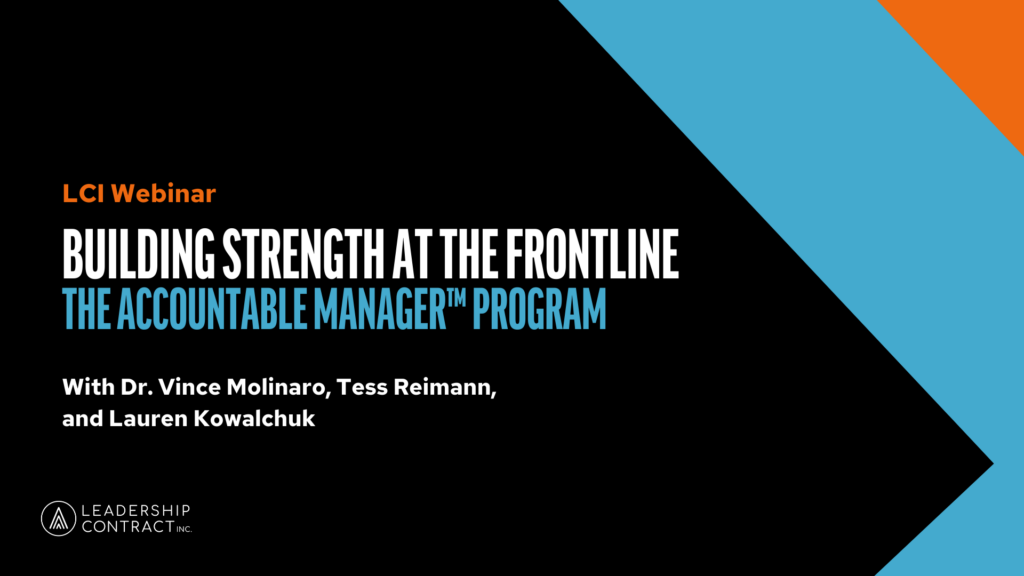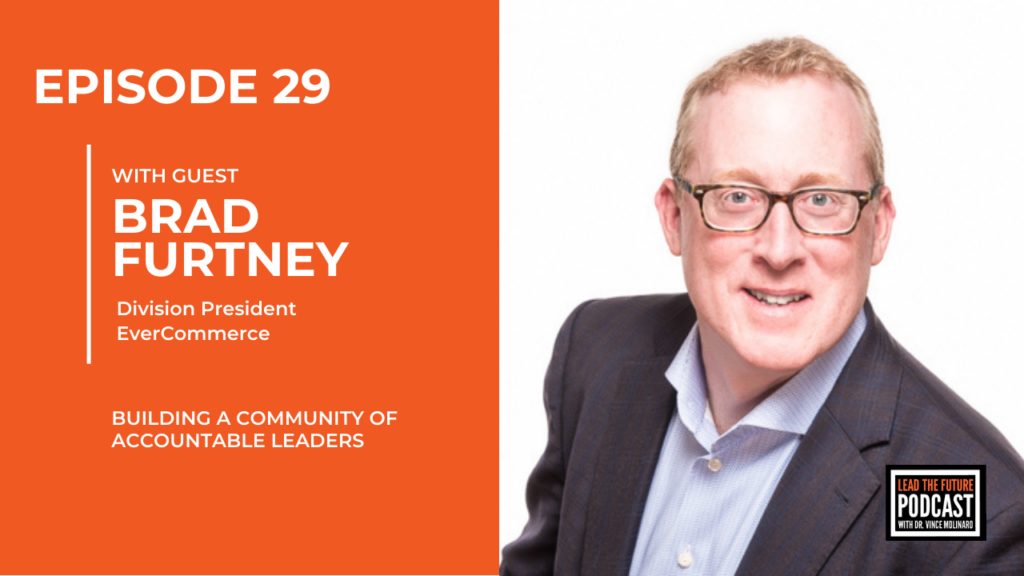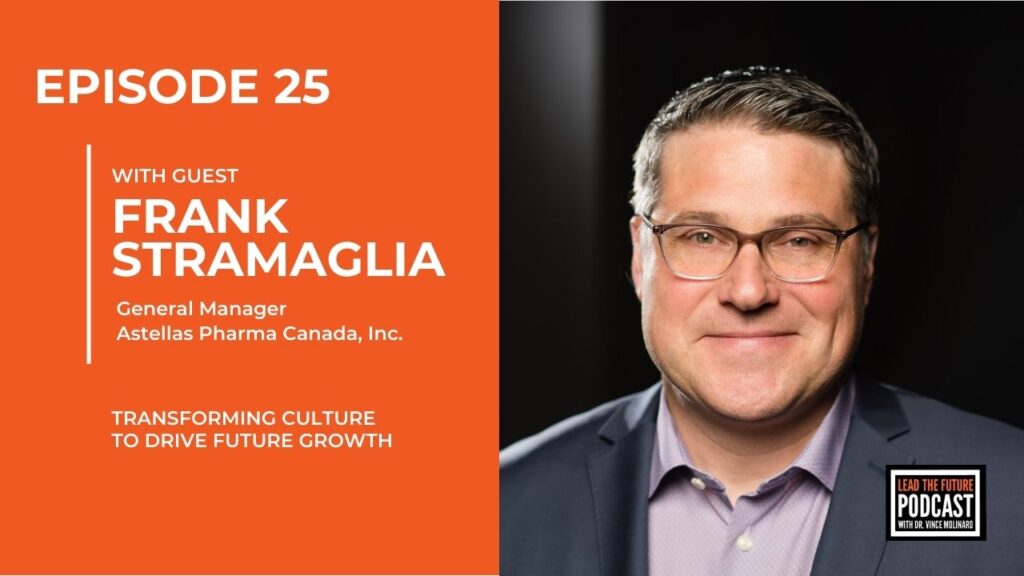This week, my colleagues and I launched another Leadership Contract™ initiative with a European client that is one of the world’s leading suppliers to the industrial and automotive sectors. The company is more than 100 years old.
The Managing Director of Italian Operations began our session by talking to his top thirty leaders. He had just come back from a corporate leadership meeting where the discussion was all about change and transformation. He said the company was at an inflection point, and a transformation in their leadership culture was needed to drive success in the future.
Although the company has been a dominant industry player for many years, it is at a point in its evolution where it must now evolve. New competitors are fierce. Increased customer expectations are challenging pricing; raw materials are no longer cheap.
This is becoming a common and recurring story with companies everywhere.
Andrew Grove, former chair of Intel, wrote and spoke a lot about inflection points as far back as the late 1990s. Unfortunately, Grove died about a year ago but his ideas have had an enduring quality which is rare in business.
For Grove, a strategic inflection point occurs when a company experiences a major change in its competitive environment. This major change can be the result of a number of factors, including the introduction of new technologies, a shift in the regulatory environment, or evolving customer values. In the case of my client, all three are factoring into the changes they are experiencing.
Common to all organizations facing an inflection point is the need to make fundamental changes in business strategy. This will put tremendous stress and strain on leaders who will be responsible for affecting those changes. If they fail, it could mark the beginning of the end for that organization.
In a recent article by McKinsey & Company, the authors argue that strong, dominant, incumbent players in certain industries “needn’t be victims of disruption if they recognize the crucial thresholds in their life cycle, and act in time.”
The article repeats a quote from Reed Hastings, the CEO of Netflix, who noted that many organizations fail to try new things out of a fear of hurting long-standing, core activities. “Companies rarely die from moving too fast,” Hastings has said, “and they frequently die from moving too slowly.”
We all know of companies that have failed to react to inflections in their industries. Many of those leaders may have seen what was happening but were unable to respond, resulting in a downward spiral.
At least our client is responding early and has identified its need to transform.
The big lesson here is that just saying your company has to transform is very different than successfully transforming.
Back to our European session. When it was time for the head of HR to speak, he continued to challenge his leaders. He used the analogy of an iceberg. A well-known and often used analogy, he explained that everything above the water surface represents the behavior and actions of leaders; everything below represents the fundamental assumptions, values and mindsets. In order to transform the company, leaders need to first transform themselves. This would require them to act and behave differently, but only after they were able to change their mindset and core assumptions.
As we began to share our work in the area of leadership accountability, we focused the discussion on what exactly they must do individually and collectively to successfully lead the company through their own inflection point. We used the ideas from my book, The Leadership Contract, to help those leaders start their journey.
Over the coming weeks, these leaders will pause from their day-to-day grind to reflect on their roles, challenge the assumptions they have made about the company, and begin to learn new ways to be accountable as their company heads into the next one hundred years.
Does this sound familiar? Are you going through a period of significant transformation? How are you and your fellow leaders responding? Are you challenging old assumptions and mindsets?
These are the questions we all need to grapple with as leaders.
Can you lead your company through a critical inflection point?
Gut Check For Leaders








